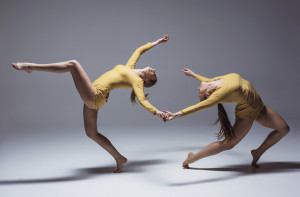As my imaginary conversation with Laban progresses, he begins to share more deeply.
CLM: I always suspected there was more to your choice of the icosahedron as a model of the kinesphere. Please go on.
R.Laban: You see, the icosahedron isn’t found in any crystalline forms. That is, it isn’t found in inorganic matter. But some microscopic organisms have icosahedral shapes – it is one of the shapes nature chooses for living forms.
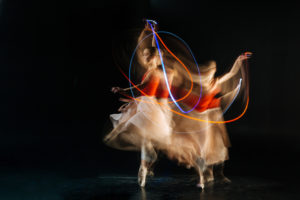
CLM: Why is that important?
R. Laban: Because life curves, and most trace-forms of human movement are curvilinear.
CLM: Yet in Choreutics you write that “We can understand all bodily movement as being a continuous creation of fragments of polyhedral forms.” Polyhedra have straight edges and angular corners….
R. Laban: You mustn’t take everything I write so literally. Movement is curvilinear, but in order to create a geography for the kinesphere, I had to use geometrical forms. By conceptualizing trace-forms as rhythmic circles; that is, as polygons, these shapes can be matched to the geometric geography of the kinesphere.
CLM: I think I’m beginning to understand.
R. Laban: You see, my polygonal trace-forms are stylizations of the organic curves of human movement. I’ve simply done what visual artists do when they take the curved shape of a leaf or a flower and geometricize it. They create a pattern.
CLM: That’s what you’re doing, then. You are imposing a pattern on the curves of living movement.
R. Laban: That’s exactly right. Without pattern, the movement just disappears as it is occurring. By geometricizing trace-forms and the geography of the kinesphere, I’ve provided some “fixed points” so that dance and movement can be objects for contemplation and study.
CLM: Now I think I really need that cool drink!

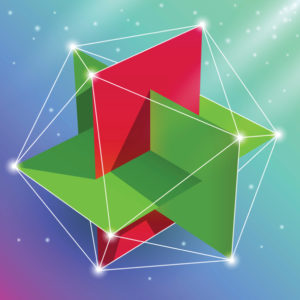
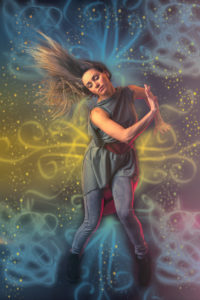 As the benefits of physical motion are gaining recognition and undergoing further scrutiny, it is interesting to see how Laban characterized movement health. He wrote, “A healthy human being can have complete control of his kinesphere and dynamosphere…. The essential thing is that we should neither have preference for nor avoid certain movements because of physical or psychical restrictions.”
As the benefits of physical motion are gaining recognition and undergoing further scrutiny, it is interesting to see how Laban characterized movement health. He wrote, “A healthy human being can have complete control of his kinesphere and dynamosphere…. The essential thing is that we should neither have preference for nor avoid certain movements because of physical or psychical restrictions.” Laban moved into new Choreutic territory with five-rings, and consequently they are fascinating to embody. Primarily Laban built his space harmony scales around the cubic diagonals. But the peripheral and transverse five-rings that Cate Deicher and I will be teaching in the
Laban moved into new Choreutic territory with five-rings, and consequently they are fascinating to embody. Primarily Laban built his space harmony scales around the cubic diagonals. But the peripheral and transverse five-rings that Cate Deicher and I will be teaching in the 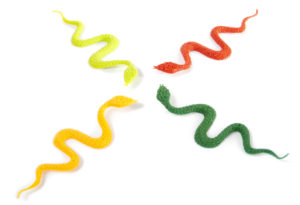 Rudolf Laban thought so; he found them in the kinesphere! “Snakes” are one of the seldom taught space harmony forms that Cate Deicher and I will be exploring in our
Rudolf Laban thought so; he found them in the kinesphere! “Snakes” are one of the seldom taught space harmony forms that Cate Deicher and I will be exploring in our 